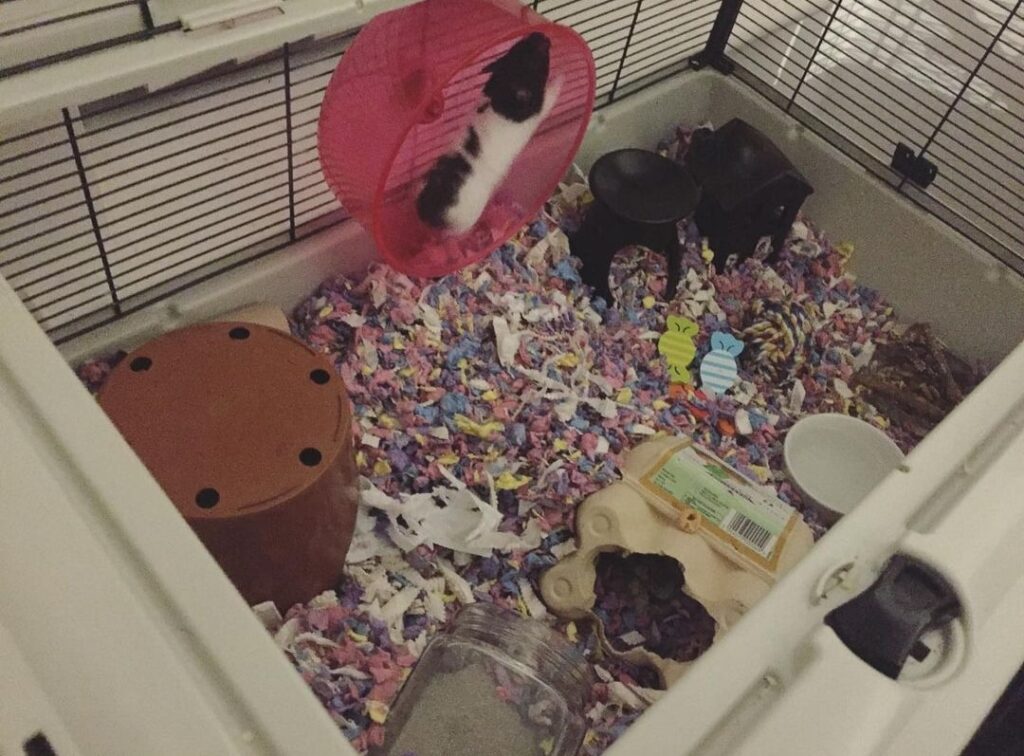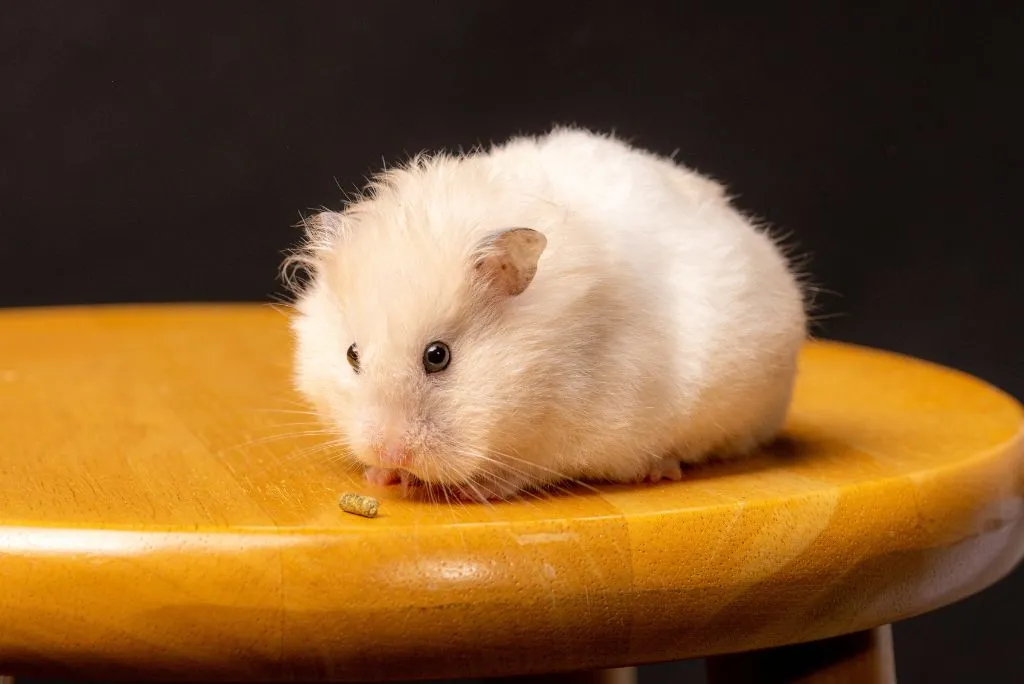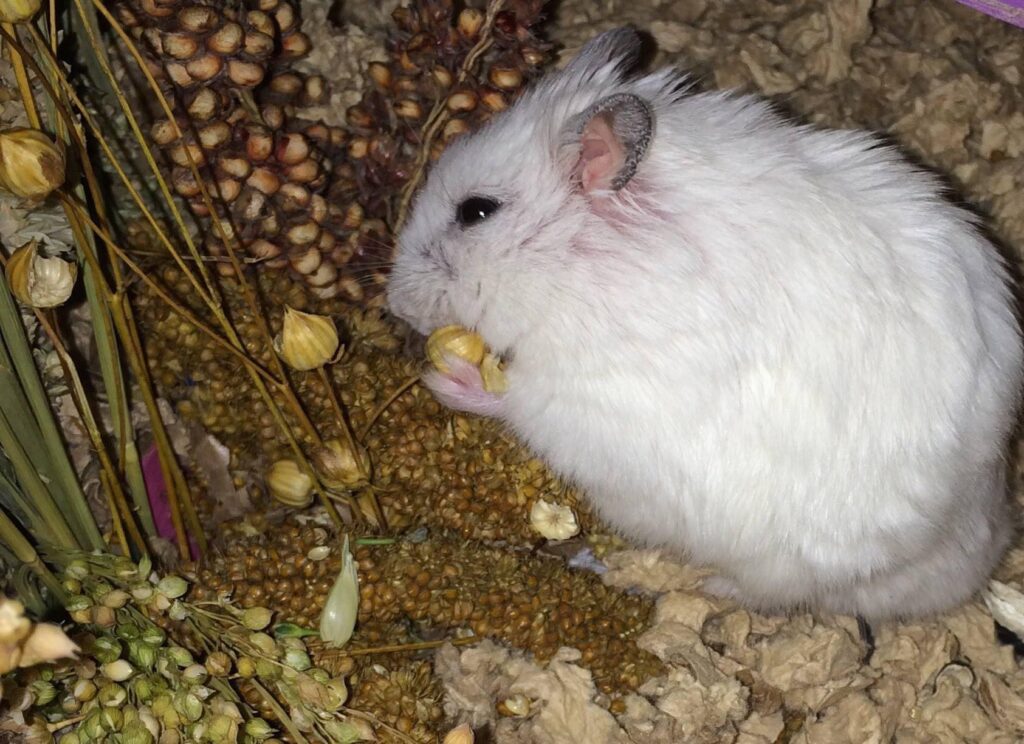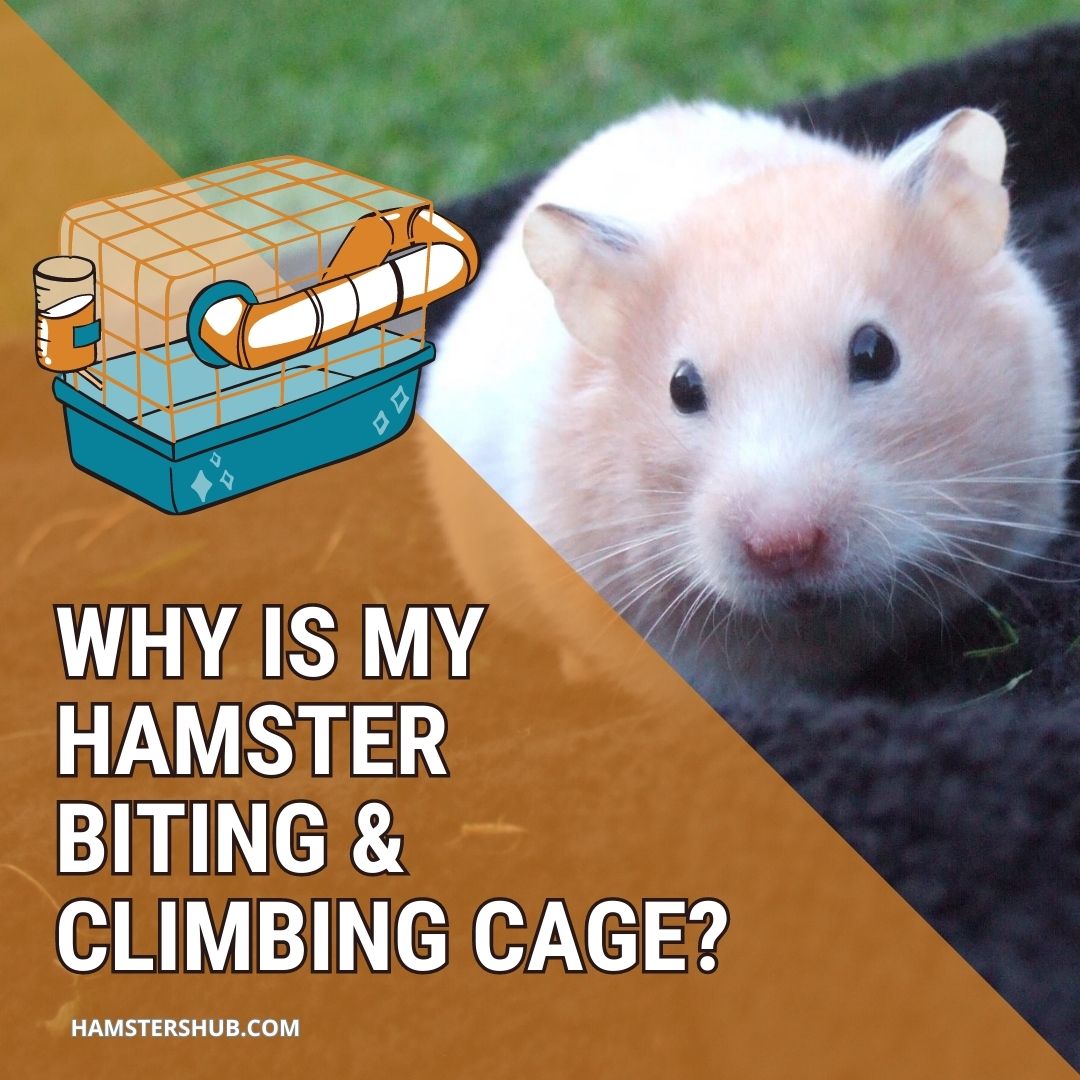Is your hamster showing unusual behavior by incessantly biting on the bars and energetically scaling the walls of its cage? If so, you might wonder what’s causing this sudden change in behavior and how to help your furry friend find peace.
Don’t worry! We will help you figure it out! In this guide, we’ll explore the reasons behind your hamster’s biting and climbing tendencies and practical strategies to help calm them down and create a more comfortable living environment. So, let’s dive in!
Insufficient cage size, boredom, stress, health problems, Hamsters’ natural habits, and others can be the reason for biting and climbing the cage.
5 Reasons Your Hamster Biting & Climbing Cage
Biting and climbing the cage is a common concern among hamster owners, and several reasons may contribute to this behavior. Here are some of them:
#Reason 1: Insufficient Cage Size

The cage size is a crucial factor influencing hamster behavior, including biting and climbing tendencies. Climbing behavior might be a result of a cage that’s too small! A research article on cage size and enrichment emphasized that animals kept in cages that are too small may develop frustration-related behaviors, such as excessive climbing.
It was also found that hamsters in smaller, cramped cages exhibited heightened territorial stress, leading to increased biting and wire gnawing, also called cage rage. Hamsters in small cages may also experience social isolation, contributing to increased biting behavior. Here is a proper guide on hamster cages.
Solution:
Opt for a spacious cage with multiple levels to accommodate their natural climbing instincts. A larger cage can also promote a healthier and more active lifestyle. It will provide space for various hamster-friendly activities.
According to a recent study on golden hamsters, the large will be the cage; the less will be the wire gnawing, climbing, and biting the cage. A floor size of approximately 150 to 250 cm2 and a height of 14-17 cm is necessary for a hamster’s cage [source]. Thus, provide your beloved pal the desired space to reduce behavioral anxiety.
#Reason 2: Fear and Stress

Hamsters are sensitive creatures and can quickly become stressed or frightened. In stressful environments, hamsters were likelier to display aggressive behaviors, including biting.
Hamsters can become stressed due to changes in their environment, loud noises, or sudden movements. This stress may lead to biting as a defensive reaction. Climbing the cage can also be a sign of stress or anxiety.
According to a study, this fear could be because of social subjugation leading to behavioral issues like biting and climbing the cage. Here’re a few considerations when choosing space for a hamster cage.
Solution:
First thing first, place the hamster’s cage in a quiet and calm area of your home, away from constant disturbances. Provide hiding spots to create a secure and enriching environment that helps reduce stress.
Additionally, gradually introduce new elements to the cage to reduce stress. If you have other pets like cats and dogs, try to keep hamsters away from them.
#Reason 3: Boredom and Lack of Stimulation

Hamsters are intelligent creatures that require physical stimulation. Biting and cage climbing can be signs of boredom and a need for more engaging activities. Animals, including hamsters, need mental stimulation to prevent boredom-related behaviors. Climbing behavior in hamsters can often signify their attempt to escape from an environment they perceive as unsuitable or confining.
Solution:
Enrich your hamster’s cage with chew toys and puzzle feeders to keep them mentally engaged. Moreover, create a rotating toy schedule to provide variety and prevent monotony.
Additionally, a research study indicated that pet owners should allow all animals supervised playtime outside the cage. Therefore, keeping your hamster engaged in a safe and hamster-proofed environment is necessary.
Provide opportunities for physical exercise through hamster-safe wheels and tunnels. Interactive toys like mazes and tunnels can engage your hamster’s mind and help it expend its energy. Moreover, to avoid boredom-induced escape, regularly inspect the cage for any gaps or openings that your hamster might exploit. Upgrade to a secure cage if needed.
Here I have published an article on how to setup a hamster cage with proper toys and enrichments.
#Reason 4: Health Issues

Sometimes, health problems can manifest as behavioral issues. If your hamster is in pain or discomfort, it may react by biting or exhibiting other unusual behaviors. Uncomfortable health conditions, such as dental problems like overgrown teeth or skin irritations, can lead to biting and cage climbing as your hamster tries to alleviate discomfort.
Solution:
Schedule regular visits to an exotic animal veterinarian to ensure your hamster’s health. Address any dental or skin issues promptly. Provide appropriate bedding material to prevent skin irritations and ensure your hamster’s comfort.
Place appropriate chewing toys like wooden blocks, apple branches, and hamster-safe herbs to help wear down their teeth. Ensure your hamster’s cage is clean and well-maintained to prevent potential health hazards. Maintain a proper diet and hygiene routine to prevent health-related stress.
#Reason 5: Instinctual Behavior
Hamsters are natural explorers. In the wild, they cover a large area for food and to mark their territory. When kept in a cage, these instincts might lead them to bite at the cage bars and climb. A study conducted found that hamsters in captivity often exhibit exploratory behaviors similar to those observed in their natural habitats.
Hamsters can become territorial and display aggressive behaviors, including biting, to defend their perceived territory. Moreover, hamsters are instinctual climbers, mimicking their wild behavior of scaling terrain to find food and escape predators.
You can learn more about how a hamster feels when being caged.
Solution:
First, wash your hands before handling your hamster to remove scents that could trigger territorial behavior.
Secondly, provide separate hiding spots, food bowls, and water sources if you have multiple hamsters in the same cage. Also, ensure they have enough climbing opportunities within the cage, such as platforms, ramps, and branches, to satisfy their exploratory tendencies.
Thirdly, avoid sudden and frequent changes to the cage setup to minimize territorial conflicts. Lastly, following proper introduction techniques to reduce aggression while introducing a new hamster to the same cage.

